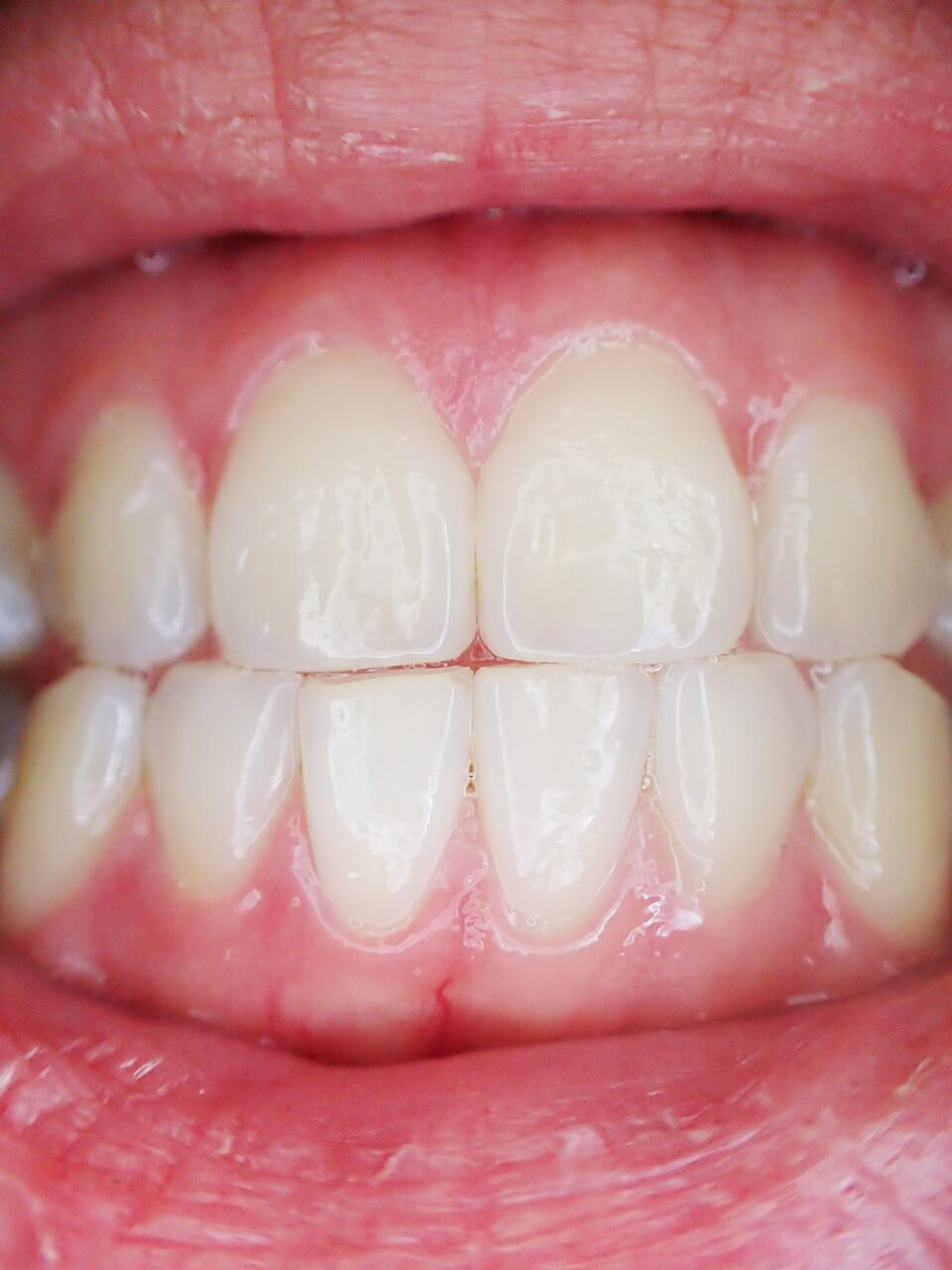Introduction
A. Brief on the importance of dental health
Dental health, often overlooked, plays a crucial role in maintaining overall health and wellbeing. Poor oral hygiene can lead to various dental conditions, including cavities, gum disease, and tooth infections [1]. Not only do these conditions cause discomfort and damage to your teeth, but they can also affect other aspects of your health. Research shows links between oral health problems and systemic conditions like heart disease and diabetes [2].
B. Introduce the concept of tooth infection and its potential dangers
Tooth infections, also known as dental abscesses, are pockets of pus caused by bacterial infections in different parts of the tooth. They can occur in the tooth’s root, between the gum and the tooth, or at the gum line on the skin. Tooth infections are typically a result of severe tooth decay, gum disease, or a tooth injury. This condition is not to be taken lightly as it poses a significant health risk if left untreated. While the initial symptoms might include pain, swelling, and sensitivity in the affected area, the infection can spread beyond the oral cavity, leading to potentially life-threatening complications such as sepsis [3].
Understanding Tooth Infections
A. Define tooth infection
A tooth infection, also known as a dental abscess, is a collection of pus that forms inside the teeth, gums, or bone that holds the teeth in place. It’s caused by a bacterial infection and can occur in different parts of the tooth. When the body’s immune response attempts to halt the spread of bacteria, it may result in pus formation [4].
B. Discuss common causes of tooth infections
Tooth infections are generally caused by poor oral hygiene, leading to plaque build-up and subsequent tooth decay. Decay can erode the protective enamel and dentin, allowing bacteria to reach the tooth’s pulp, leading to infection. Other causes can include severe gum disease (periodontitis) and a broken or chipped tooth that leaves the pulp exposed [5].
C. Explain the signs and symptoms of tooth infections
The signs and symptoms of tooth infections can vary but generally include severe, persistent, throbbing toothache; sensitivity to hot and cold temperatures; fever; swelling in your face or cheek; tender, swollen lymph nodes under your jaw or in your neck; sudden rush of foul-smelling and foul-tasting fluid in your mouth and pain relief if the abscess ruptures [6].
D. Explain how a tooth infection can become life-threatening
If a tooth infection is left untreated, it can lead to more serious complications. The bacteria causing the infection can spread to other parts of the body, including the jaw, neck, and brain. In severe cases, it can lead to a life-threatening condition called sepsis, which is the body’s extreme response to an infection. Sepsis can lead to tissue damage, organ failure, and death [7].
How Long Until a Tooth Infection Becomes Life-Threatening?
A. Explain the timeline from tooth infection to potential life-threatening conditions
The timeline for a tooth infection to become life-threatening varies greatly from person to person and depends on multiple factors. Generally, without treatment, a severe tooth infection may become life-threatening in 2 to 3 days, and in some cases, it may take a week or longer. The progression largely depends on the individual’s overall health, immune response, and how quickly the infection spreads from the tooth to other parts of the body.
B. Discuss factors affecting this timeline
Several factors can influence how quickly a tooth infection can become life-threatening. These include the individual’s overall health, immune system function, the severity and location of the infection, and whether or not the individual is receiving appropriate treatment. People with weakened immune systems, such as those with chronic illnesses or undergoing certain treatments like chemotherapy, are at higher risk.
C. How to know if your tooth infection is becoming dangerous
Signs that a tooth infection is becoming dangerous include increased swelling or pain, the spread of swelling to the face or neck, high fever, increased redness around the infection site, or if the person starts feeling unwell overall. Any difficulty breathing or swallowing is a medical emergency, as it could suggest the infection has spread to the spaces in the neck.
D. Questions the reader might ask:
- Can a tooth infection go away on its own?
A tooth infection will not go away on its own. While the body’s immune system can help control the infection, it cannot completely eliminate it. It’s crucial to seek professional dental care to prevent the spread of infection and possible life-threatening complications [8].
- What are the chances that my tooth infection becomes life-threatening?
While the majority of tooth infections can be effectively treated with prompt dental intervention, if left untreated, they have the potential to become life-threatening. The risk is higher in individuals with weakened immune systems or underlying health conditions [9].
- How can I tell if my tooth infection is getting worse?
Signs that a tooth infection is getting worse include increased pain, swelling, or redness, the appearance of a pimple-like bump on the gums (a gum boil or dental abscess), increased sensitivity to heat or cold, foul taste in the mouth, or a general feeling of being unwell. If these symptoms persist or worsen, professional medical help should be sought immediately.
Prevention and Treatment of Tooth Infections
A. How to prevent tooth infections
Preventing tooth infections largely revolves around maintaining good oral hygiene. Regular brushing with fluoride toothpaste, daily flossing, and regular dental check-ups are crucial steps to prevent dental infections. Other preventive measures include eating a healthy diet low in sugar, avoiding tobacco products, and limiting alcohol [10].
B. Discuss common treatments for tooth infections
Treatments for tooth infections typically start with draining the abscess, which helps get rid of the infection and relieve pain. Dentists may also prescribe antibiotics to help fight the infection. In some cases, a root canal treatment may be required to remove infected pulp tissue inside the tooth. If the infection is severe, tooth extraction might be necessary.
C. The importance of seeking immediate medical help
It’s important to seek immediate medical help if you suspect a tooth infection, especially if it’s accompanied by fever, swelling, or severe pain. If left untreated, a tooth infection can lead to serious complications, including the spread of infection to other parts of the body. Getting early treatment not only relieves pain but can also save the affected tooth and prevent the spread of the infection.
D. Questions the reader might ask:
- What home remedies can help with tooth infections?
While home remedies cannot cure a tooth infection, they can provide temporary relief from symptoms until you can see a dentist. These include over-the-counter pain relievers, saltwater rinses, and cold compresses. However, these are not substitutes for professional dental care [11].
- How do dentists typically treat tooth infections?
Dentists typically treat tooth infections by first draining the abscess. They may also prescribe antibiotics to help fight the infection. In some cases, a root canal treatment may be needed to remove the infected pulp tissue inside the tooth. In severe cases, the tooth may need to be extracted.
- When should I see a doctor about my tooth infection?
You should see a dentist at the first sign of a tooth infection, such as persistent toothache, sensitivity to hot and cold, swelling in the gums or face, or a foul taste in the mouth. If these symptoms are accompanied by high fever, difficulty breathing or swallowing, or swelling in the face or neck, seek emergency medical care immediately [12].
Conclusion
A. Recap of the seriousness of ignoring tooth infections
Tooth infections, while common, should never be ignored. A tooth infection can progress rapidly, leading to severe pain, discomfort, and even life-threatening conditions if not treated promptly. It is crucial to remember that the timeline from a tooth infection becoming life-threatening can be short, especially if the individual’s immune system is compromised or if the person has other underlying health conditions [13].
B. Encourage readers to prioritize their dental health
Prioritizing dental health is not merely about maintaining a bright smile but is a crucial aspect of overall health. Regular dental check-ups can prevent a minor dental issue from turning into a major health problem. It is therefore essential for everyone to make oral hygiene a priority and not to hesitate in seeking professional help if they experience any signs of a tooth infection [14].










